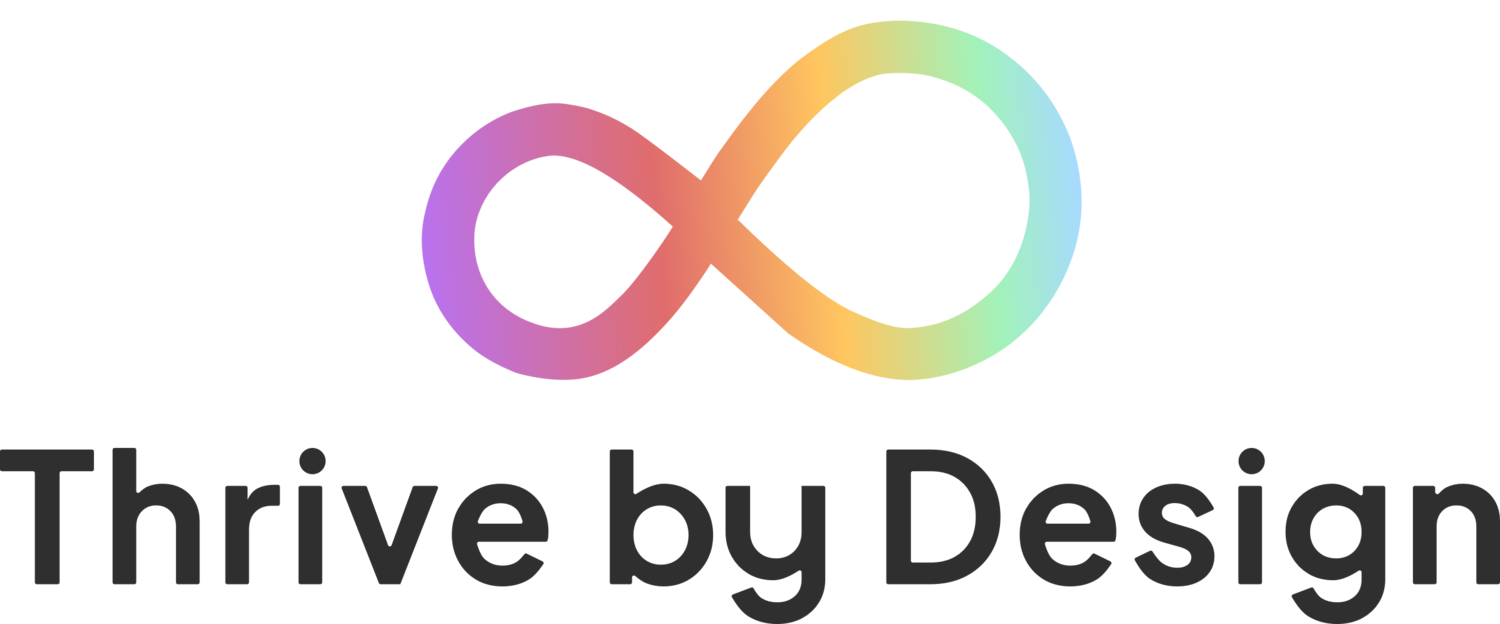Discovering Inclusive Digital Transformation
Flaw in the plan
It would be an understatement to say that Covid-19 has acted as a catalyst for the digital transformation of health and care.
From the way we run our meetings on Microsoft Teams instead of face to face, to the way we deliver services remotely. Virtual wards, remote video consultations, booking a Covid-19 test, and Oximeters are just a few examples of the digital solutions which have, and are being rolled out at speed during the pandemic
The potential of digital to help us deliver high quality and effective health services and to help create the conditions where people feel empowered with a wide choice of information, services and tools is incredible.
I live with type one diabetes and it has changed my life. From online information about my condition, to getting peer support on Whatsapp (thank you Lindsay, Anne, Maddie and the brilliant DOC Community)
to managing my blood sugar level using a tracker sensor which I swipe with my phone. A lifesaver.
But of course there is a flaw in the plan.
Digital exclusion
An estimated 9 million (16%) people are unable to use the internet or their device by themselves. 4% of households don’t have access to the internet at all.
People not able to access and use digital technology are more likely to be older, living with disabilities, living on low incomes and claiming benefits. Evidence shows that these groups of people are also more likely to have poor physical and mental health and more likely to need health and care support and services.
The NHS Constitution holds the operating principles of the NHS and it’s contract with society. The first principle is ‘The NHS provides a comprehensive service, available to all’ and I think this is what we should be aiming for with Inclusive Digital Transformation, a (digitally-enabled) comprehensive service, available to all.
Risk factors
When drilling down into why people are unable to access digital technology, research and our experience shows us that there are three main domains which have an impact on digital exclusion:
Real Life Factors: The social and wider determinants of health such as social capital, employment, education, level of income, housing etc. all have a significant impact on individuals and communities capacity and access to go online and use digital technology (Maslow’s Hierarchy of Need)
System Factors: Design, awareness and staff capacity and capability (Digital Inclusion for Health and Social Care)
Digital Life Factors: Digital skills, confidence and motivation all have an impact (Lloyds Consumer Index 2020)
So what we have is a ‘wicked system problem’. This means it is complex and messy, there are interconnected factors and it is difficult to solve. There is not one route to solving the issue. This doesn’t mean we can’t and shouldn’t act to improve the situation.
With this in mind, we set up a social change programme which we called Inclusive Digital Transformation to explore ways we can support health and care systems to purposefully co-design digitally enabled health and care that works for everyone. Co-designing Inclusive Digital Transformation is about working in partnership with people who would be excluded and as far upstream as possible. People-centred co-design methods blended with social change and systems thinking provides a useful and inclusive approach to tackling this complex challenge.
We have been carrying out a mapping exercise for NHSX looking at the current picture at an ICS/STP level. Some early highlights are that most systems recognise the importance of Inclusive Digital Transformation but there is a patchy approach to understanding the needs and very little co-design activity. There is a need for more funding, leadership and direction setting at all levels and capacity building across the workforce.
We are also working with a number of ICS’s, AHSN’s and academic institutions and a small selection of the emerging findings include:
The importance of starting by mapping the needs and the assets in the area to understand the nuances and context and to make the most of local resources, create synergy and avoid duplication. Nowhere will be a blank page and you may unearth treasures like the Digital Access West Yorkshire work to tackle digital poverty in West Yorkshire and Harrogate, the Roxton Practice innovative use of data in Humber and Coastal Vale and the digital inclusion work of Robert Ling and his team in North Yorkshire Council and Jason Tutin and the 100% Digital Leeds team.
Start with what matters to the people in your local area, start where the energy and priorities are and grow from there.
Gather good practice and insights from elsewhere to save time, resource and effort but remember Myron's Maxim ‘we own what we create’. The process of development is often as important as the end game.
Once you understand the need and priorities, find out who are the touch points - who has the relationships of trust with the communities you want to engage and work with.
This is an issue which really lends itself to the nature of integrated care systems because it needs a partnership approach. No one partner, organisation or sector has all the answers or resources to tackle this issue. For example local government understand the wider determinants, the voluntary sector are often rooted in specific communities, the NHS has resources and clinical expertise.
Since this blog was published we have collected and collated a wealth of resources, data and information on our Inclusive Digital Transformation Challenge workspace on FutureNHS which you can join for free.
Myself and Pete Nuckley have also spoken at various national and regional conferences on the subject.
Watch this space for further updates and if you are on twitter and want to share your ideas and work use the hashtag #DigiHealth4All and @TweetsByThrive.

